Extended Benefit Plans allow you to receive treatments that are covered under your plan, which can be directly billed at the time of service.
Depending on your coverage, you may have to pay a percentage of the treatment cost or nothing at all. As every benefit plan is different, it is imperative that you reach out directly to your employer or insurance company to get an understanding of your plan and what may or may not be required.
While our clinic is pleased to offer direct billing, our administrative team cannot investigate extended benefit plans on behalf of patients to determine what treatments are covered, how many visits you have used, or how many visits you have left.
Deductibles
Many extended benefit plans have an annual deductible that is applicable at the start of each new year. A deductible is a dollar amount that you have to pay out of pocket until that dollar amount is reached, and then your extended benefits coverage takes effect. You do not have to pay the entire deductible at your first visit, but instead, each visit will go against the deductible until it reaches the maximum. Generally, the lower the deductible or no deductible, the more expensive the policy is and vice versa.
Please note that we cannot see what your annual deductible is or how much is remaining; we can only view the amount placed against the deductible each time we process a direct billing. To find out the annual deductible amount in your plan, please check with your extended benefits company.
What services are eligible for direct billing?
Our clinic can bill directly for chiropractic, physiotherapy, acupuncture, and registered massage therapy.
Athletic Therapy is not a direct billable service yet; however, many plans will reimburse you if you submit yourself. Check with your extended benefits plan to see if Athletic Therapy is covered.
Kinesiology is only directly billable to ICBC. Always check your benefit plan to see what treatments they deem eligible for direct billing.
What cannot be direct billed?
- Missed appointment fees are not billable to most extended benefit plans.
- Orthotics are not direct billable; however, many benefit plans cover orthotics up to a specific dollar amount. For more information on orthotics and orthotic billing, please click here.
- Depending on your specific plan, each of our treatment services may or may not be a direct billable service for you. Please refer to your extended benefits guide for what is directly billable under your plan.
What Insurance companies can we direct bill?
Our clinic can direct bill most extended benefits companies, including but not limited to:
- Manulife
- Sunlife
- Canada Life (Formally, Great West Life)
- Greenshield
- Pacific Blue Cross
- Veterans, RCMP, CAF
- Desjardins
- Group Health/ Group Source
- People’s Corporation
- Empire Life
- ClaimSecure
- Johnston Group
- Chamber of Commerce
- Maximum Benefits
- Group Medical Service
Partner/Spousal coverage or secondary policy coverage
We can directly bill your primary benefits provider and your secondary provider at the same time of service with a few exceptions. For example, we generally require your partner’s date of birth and full legal name along with policy information.
Suppose we are unable to bill directly to the secondary coverage due to benefit rules or other restrictions. In that case, we will still direct bill your primary coverage and then only collect the remaining amount from you. We can then provide you with a receipt to send to the secondary coverage for reimbursement.
For more information or to book a treatment:
Contact our clinic to find out more about extended benefits or to book an appointment at 250-382-0018 or book online at www.diversifiedhealth.janeapp.com
#extendedbenefits #physiotherapy #chiropractic #registeredmassagetherapy #acupuncture #victoriaBC #injury #mva #multidisciplinary #healthandwellness

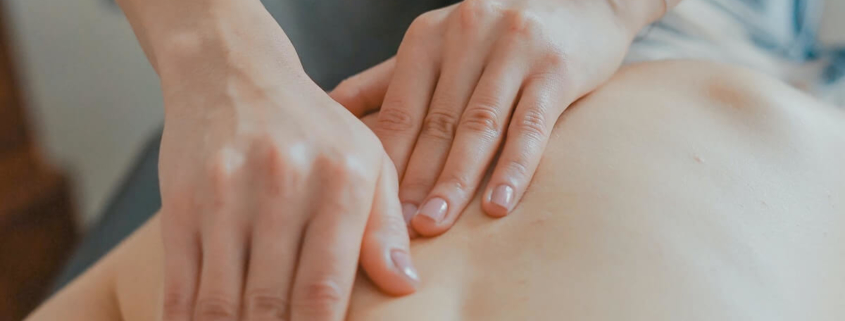


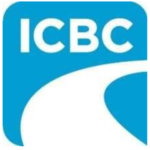
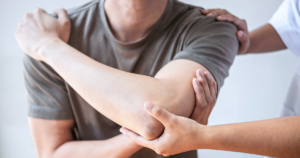 Our multi-disciplinary team will work with you, with the ability to collaborate across treatment modalities to ensure you are getting the best treatment results. Our Diversified Health Team can evaluate, diagnose, and treat a wide range of conditions and injuries including:
Our multi-disciplinary team will work with you, with the ability to collaborate across treatment modalities to ensure you are getting the best treatment results. Our Diversified Health Team can evaluate, diagnose, and treat a wide range of conditions and injuries including:
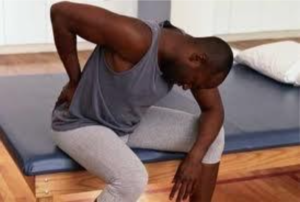 If you have been struggling with chronic back, neck or sciatic pain, you do not have to live with the pain! spinal decompression therapy is a painless, non-surgical, drug-free way to help relieve chronic back, neck and sciatic pain. Continue reading to learn how spinal decompression works and why it’s an option worth exploring.
If you have been struggling with chronic back, neck or sciatic pain, you do not have to live with the pain! spinal decompression therapy is a painless, non-surgical, drug-free way to help relieve chronic back, neck and sciatic pain. Continue reading to learn how spinal decompression works and why it’s an option worth exploring. 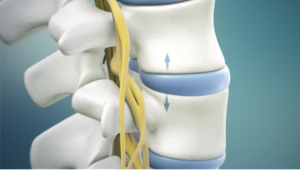
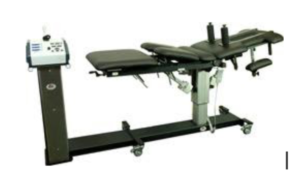
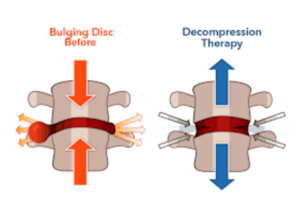
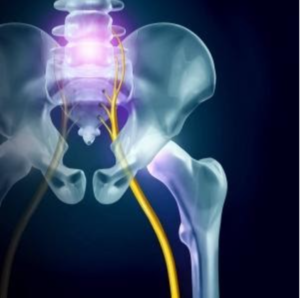

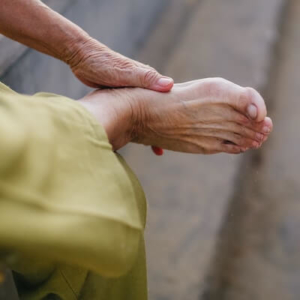

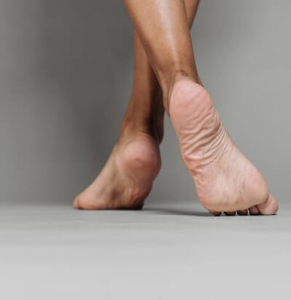 Unlike off-the-shelf insoles and inserts, custom orthotics are created from exact molds of your feet that are taken after a thorough biomechanical assessment and Gait Analysis that examines your feet and posture when standing and walking. Making orthotics from an exact mold ensures the correction offered by your orthotics is just enough, providing support specifically where your feet need it without interfering with the healthy dynamics of your feet.
Unlike off-the-shelf insoles and inserts, custom orthotics are created from exact molds of your feet that are taken after a thorough biomechanical assessment and Gait Analysis that examines your feet and posture when standing and walking. Making orthotics from an exact mold ensures the correction offered by your orthotics is just enough, providing support specifically where your feet need it without interfering with the healthy dynamics of your feet.
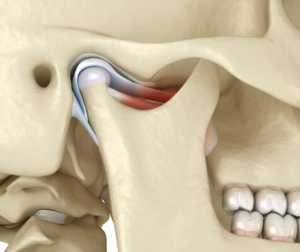
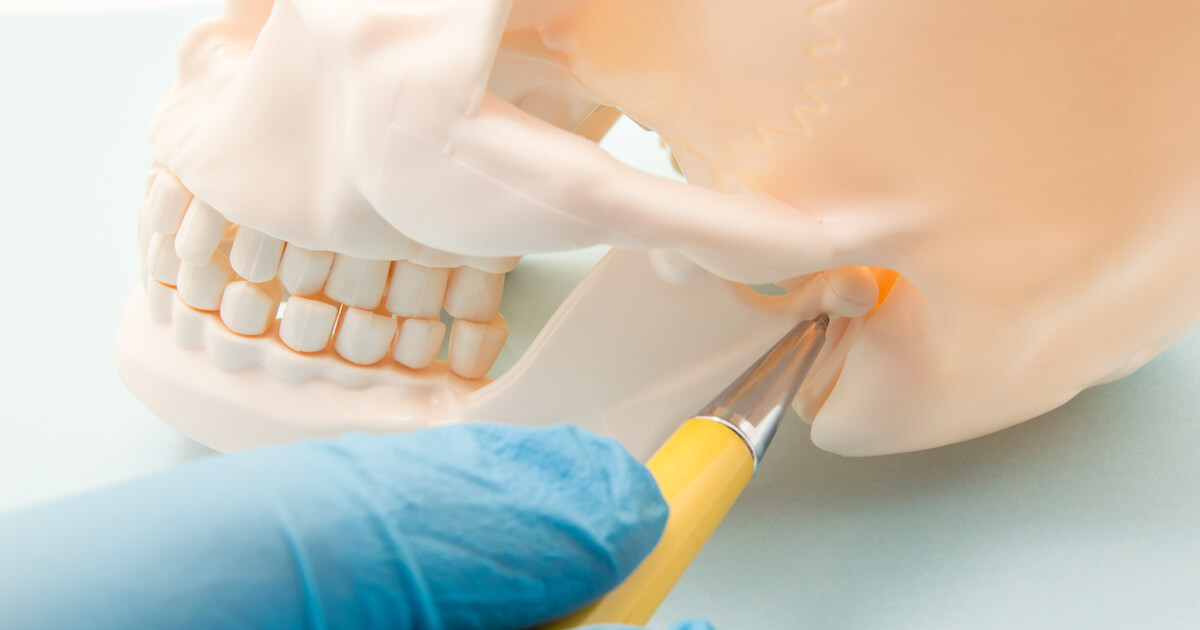

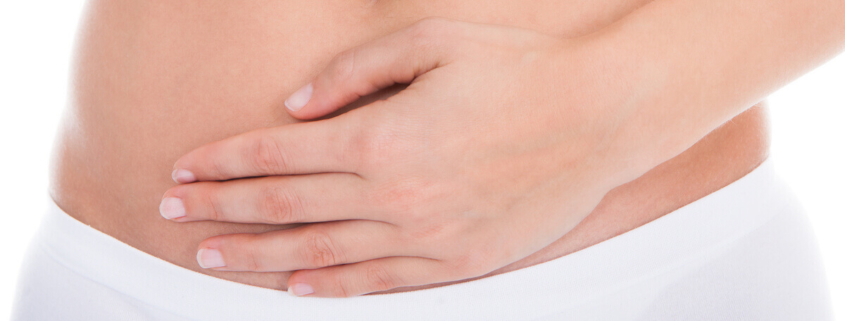

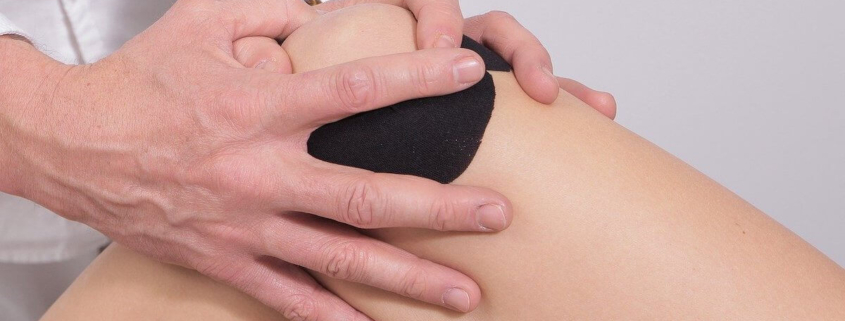

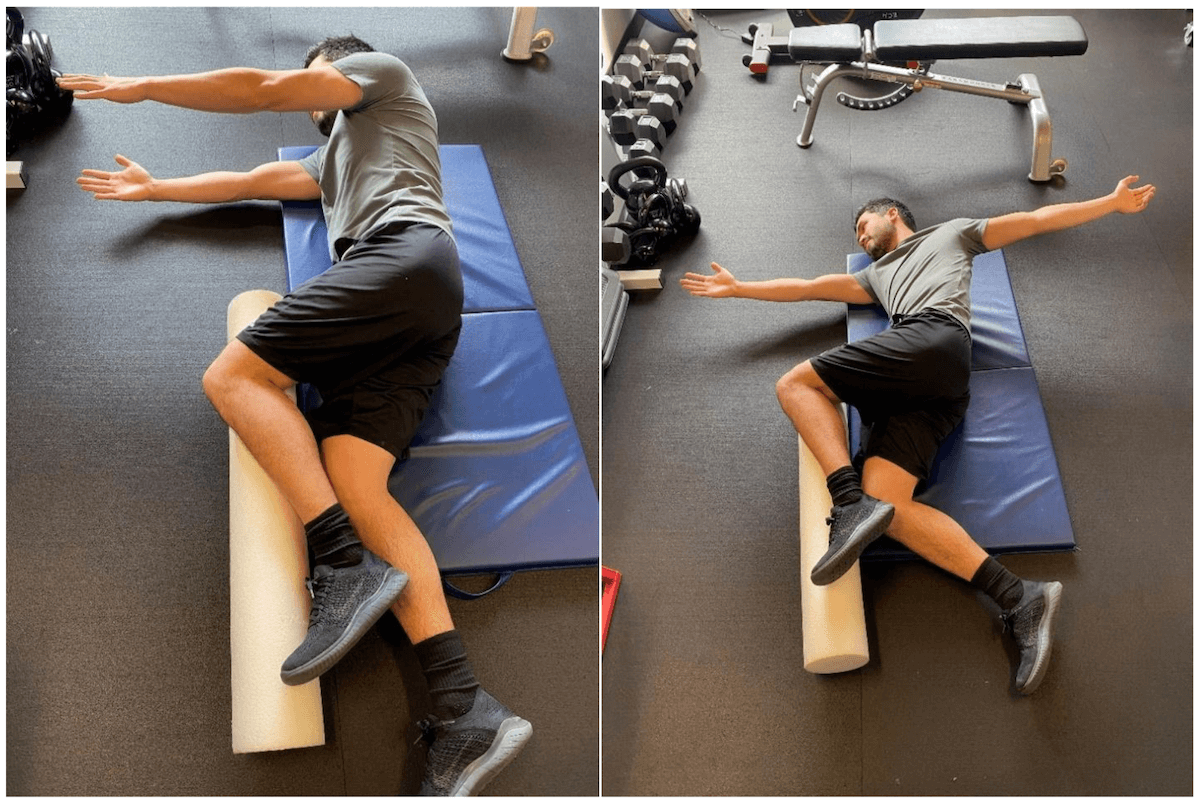
 Author:
Author: 